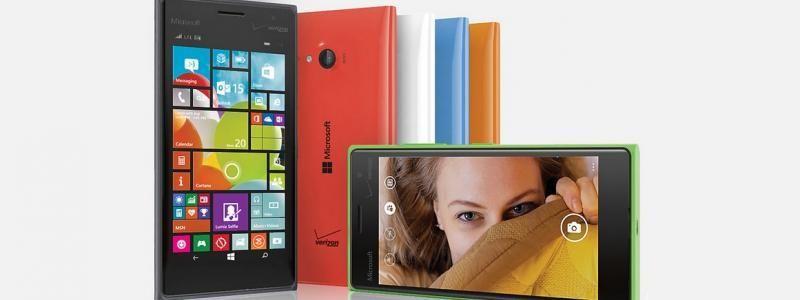So Which Existing Windows Phone Devices Will Support Windows 10?

Do you own a mobile device that runs on Windows Phone, and are wondering if your handset is capable of running the mobile edition of Windows 10? Wonder no more because Microsoft has been announcing which mobile devices will be supporting Windows 10, plus new updated information can be found on the tech giant’s official website.
As a matter of fact, a link titled “Windows 10 Eligible” found on the US website for Lumia mobile devices pulls up a page that shows a number of Lumia smartphones that are compatible with Windows 10. These Lumia devices include the Lumia 735 (sold by Verizon Wireless), the Lumia 640 XL and the Lumia 640 (both sold by AT&T), the Lumia 635 (sold by Sprint), and the unlocked edition of the Lumia 635.
But wait -- those are only five mobile devices. What about other models? For sure, other smartphones will make the cut, but it remains uncertain for now which one and when they will be made eligible. After all, Windows 10 is still officially not yet launched, but when it does become widely available later this year, more handsets will definitely be added.
In the UK version of Microsoft’s website, a few extra handsets are listed, including the Lumia 830 and the Lumia 435. Back in March early this year, Microsoft had released a list of current Windows Phone devices that could support the second test build of Windows 10 Mobile. So why are there only five handsets listed on Microsoft’s Windows 10 Eligible site? It is possible that the page could still be in progress, with more devices added to the list eventually.
The mobile edition of Windows 10 is expected to bring several improvements and features for mobile users, including an enhanced user interface, a revamped Action Center that lets users customize alerts for various tasks and features, a brand new settings menu, and lest we forget, the Microsoft Edge web browser.
Furthermore, the new OS will sport the same look and support the same mobile apps across all devices, whether they be smartphones, tablets, or even PCs. With this strategy, Microsoft is hoping to attract as many mobile users as possible to Windows 10. And it direly needs Windows 10 to become a success. As of now, Microsoft mobile market share is less than 3 percent, and it could really use a boost in order to stay relevant in the mobile industry.
Related Blog Articles
- Android Wear To Enjoy Increase In Sales, Per IDC
- Qualcomm Announces New Quick Charge 3.0 Technology
- How Do You Fix a Buzzing TV?
- Your Guide To iOS 9’s Features
- How Apple’s iPhone Upgrade Program Can Change Things
- iOS 9 Now Adopted By Over Half Of All Apple Mobile Devices
- T-Mobile’s New Promo May Be Best iPhone 6s Deal Yet
- Smartphones, Tablets Now Most Popular Gaming Devices For Kids
- Sprint’s $1 A Month iPhone 6s Deal May Even Be Better Than T-Mobile’s
- Why You Should Learn To Disable The Wi-Fi Assist Feature On iOS 9
Related Blog Posts
- Report: Drug users are using wearable devices during binges
- Spotify allows Android users to reorder playlists; Pandora lets users share tunes to Snapchat Stories
- WhatsApp combats fake news with a new forwarded label
- FCC: Today’s improving mobile networks can impact healthcare costs
- Did Apple Music already overtake Spotify in America?


 Menu
Menu